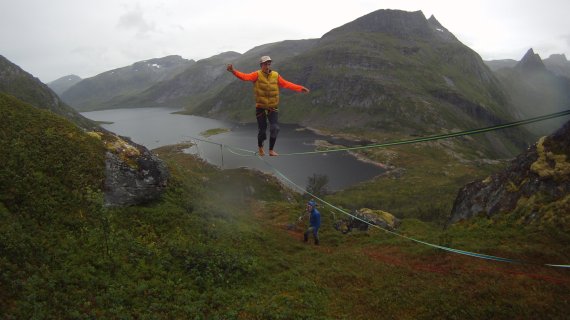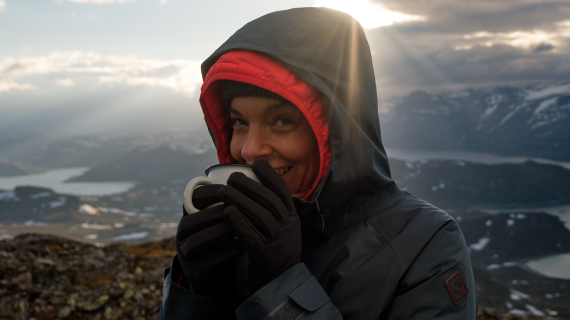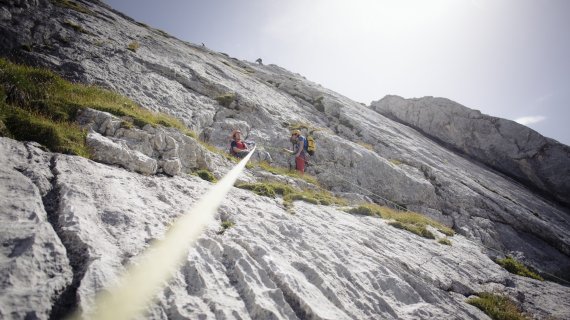Alpine sports are booming. And mountain rescuers are sounding the alarm: many outdoor fans lack alpine experience, and more and more are putting themselves in danger. What's going on up there on the mountain? A conversation with Hansi Stöckl, mountain guide and co-owner of the mountain school "Alpine Welten" - which has developed interactive online tutorials to better prepare the many mountain rookies
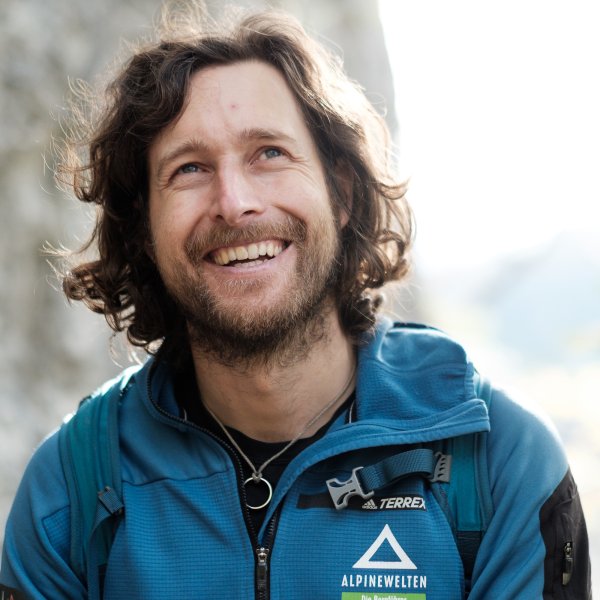
Being outside is the order of the day. But many outdoor enthusiasts cause higher than average numbers of accidents due to a lack of practice and experience. Can this actually be proven statistically?
Fortunately, the numbers of serious accidents have remained relatively constant for years. Although significantly more people go into the mountains than before. Safety equipment and risk management for ski tours have even improved considerably - the number of avalanche victims has not risen sharply, even though the number of ski-tourers has increased considerably. The most common outdoor accidents are rather harmless in comparison: torn ligaments, knee injuries, things like that.
There are increasing reports of beginners on via ferrata routes who can no longer move forwards or backwards - or e-mountain bike riders who run out of juice in high alpine terrain and then alert the mountain rescue service by mobile phone.
And this is exactly what was not so common in the past. Unfortunately, blockades and overestimation of one's own capabilities are not only increasing on via ferrata routes, but also during supposedly easy hiking. And in the smartphone age, the inhibition threshold to dial 112 has fallen. In the past, it was not so easy to make an emergency call.
But were mountain lovers really more experienced 20 or 30 years ago?
I think so. Today, mountain sports trips around the globe - also with us - can be booked very easily. This promotes a certain service mentality and creates a sense of entitlement: you pay for something and get a benefit in return. But it's not that simple on the mountain. In the past, people slowly approached higher tasks. Today, some of them were already on Kilimanjaro, but cannot move safely in the pathless craggy terrain.
Things are moving a little too fast. On YouTube at home on your computer the Watzmann crossing looks easier than it is in the real mountain world. We also have to look at our own nose a little: All of us - alpine clubs, mountain schools and the outdoor industry - suggest how beautiful and easy it is to be on the road in the Alps.
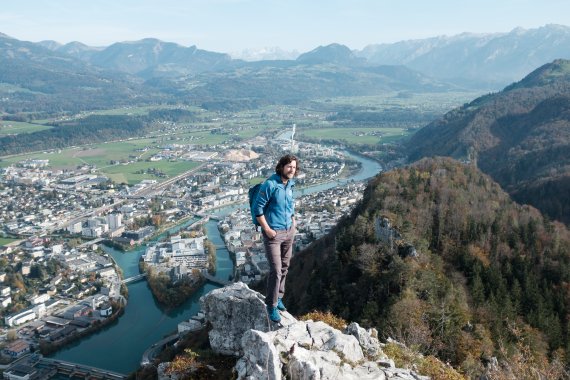
You can't blame anyone for lack of experience...
Correct, but it is of course useful if the customers not only appear perfectly equipped for the booked tour - which is standard by now - but are also able to cope with it in terms of condition, mentally and technically. That you simply assess yourself and your abilities realistically.
Why was this more natural in the past?
I think people are well trained these days, but they lack sure-footedness. Unfortunately you don't learn that in the gym on the spinning bike. An exposed crossing in loose scree then becomes a real hurdle for a top fit marathon runner. This is why courses are so important in which the ABCs of mountaineering are tought step by step.
The alpine clubs offer such basic courses, and so do we, of course. And we believe that digital tools can play a role, which is why we have developed a series of online tutorials. They should not and cannot replace the practice on the mountain, but they impart important knowledge, especially in the basics - which are always forgotten on the mountain.
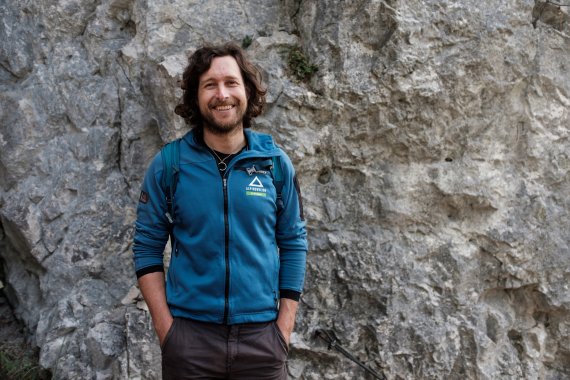
What are the issues at stake?
We have so far put two such tutorials live - one on the topic of "mountain hiking", another one on "alpine tours". When hiking in the mountains, you can click through the menu in ten steps and successively expand your knowledge. For example, learning how to plan and carry out mountain tours correctly. It's all about the right equipment. Or the classification of hiking trails. During planning we show how to calculate walking times correctly, which weather reports can be found on the net, which online maps are available. All interactive, with short films as background.
Once again: The tutorials are not intended to replace practice. But it does help when I look at the film to see how you can train coordination and balance. And what role the mind plays in this. "Soft skills" such as experience, psychological strength and confidence in one's own abilities are closely related. It takes time to develop these skills. But there are still tricks I can use to find out if I am up to a tour.
Such as?
Talk to the locals, mountain guides and mountain hut keepers. Talk about comparable tours that both sides know. The professionals can often give you valuable information about current path and weather conditions.
Click here for the tutorials of the Bergschule Alpine Welten (only available in German).

